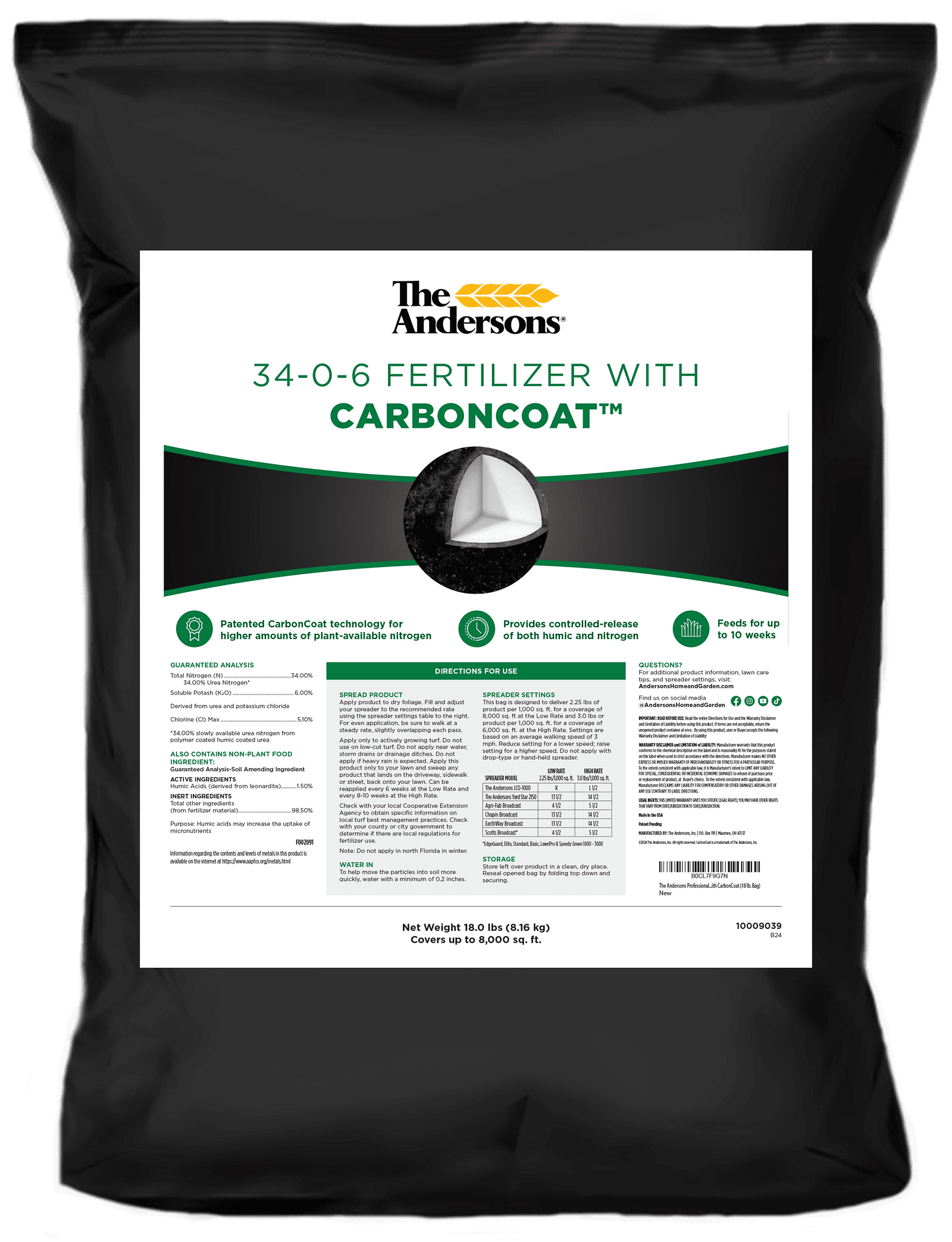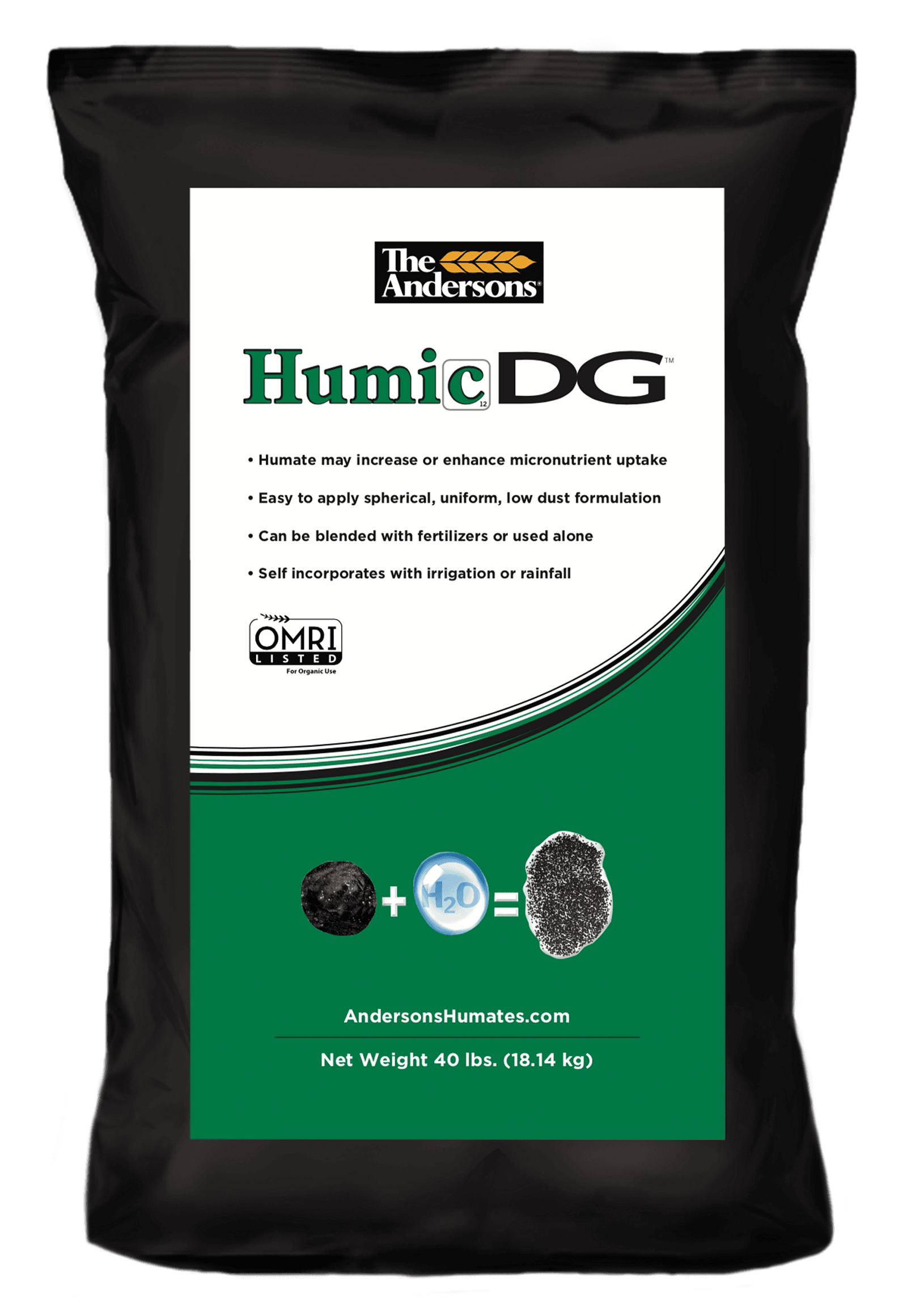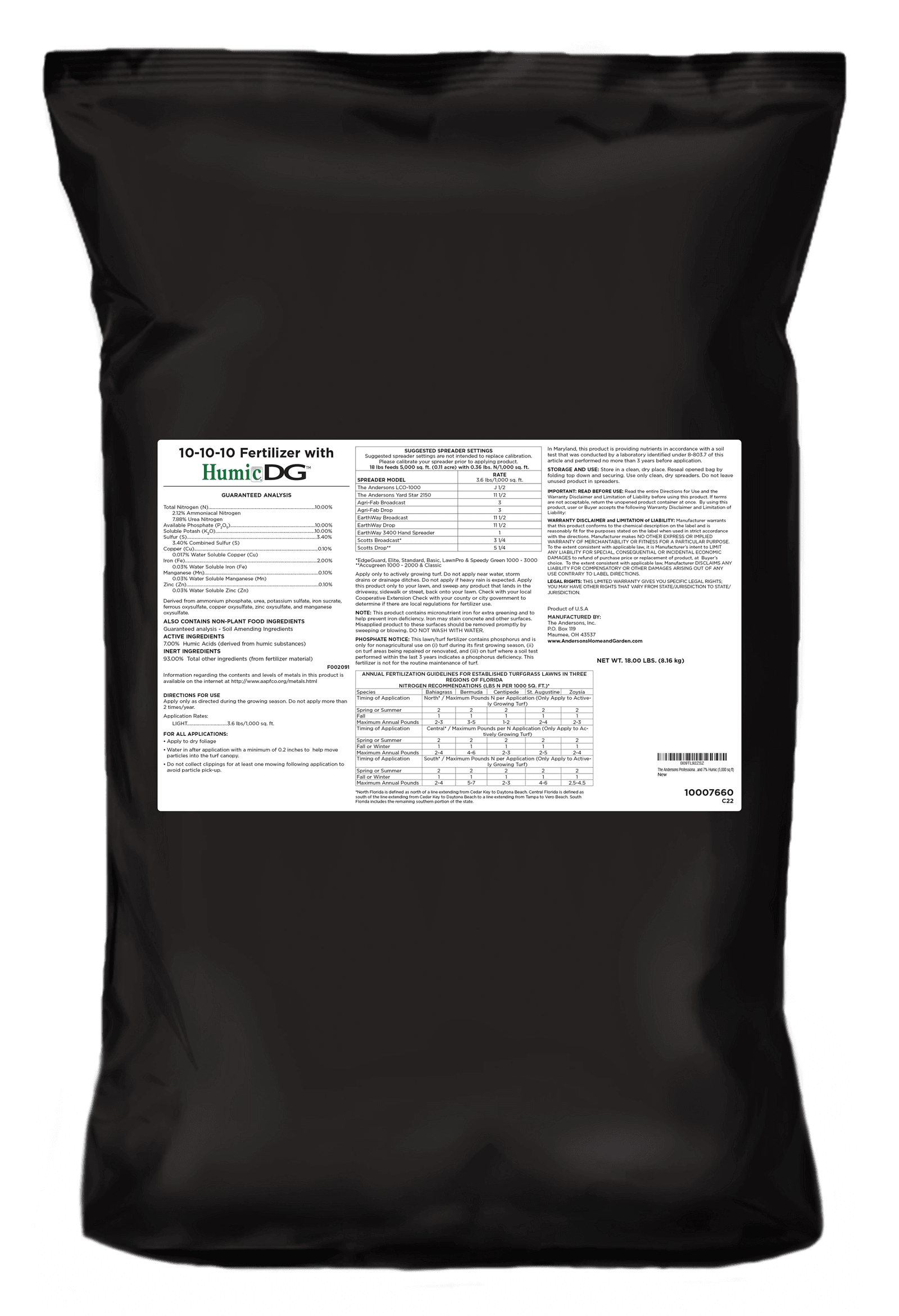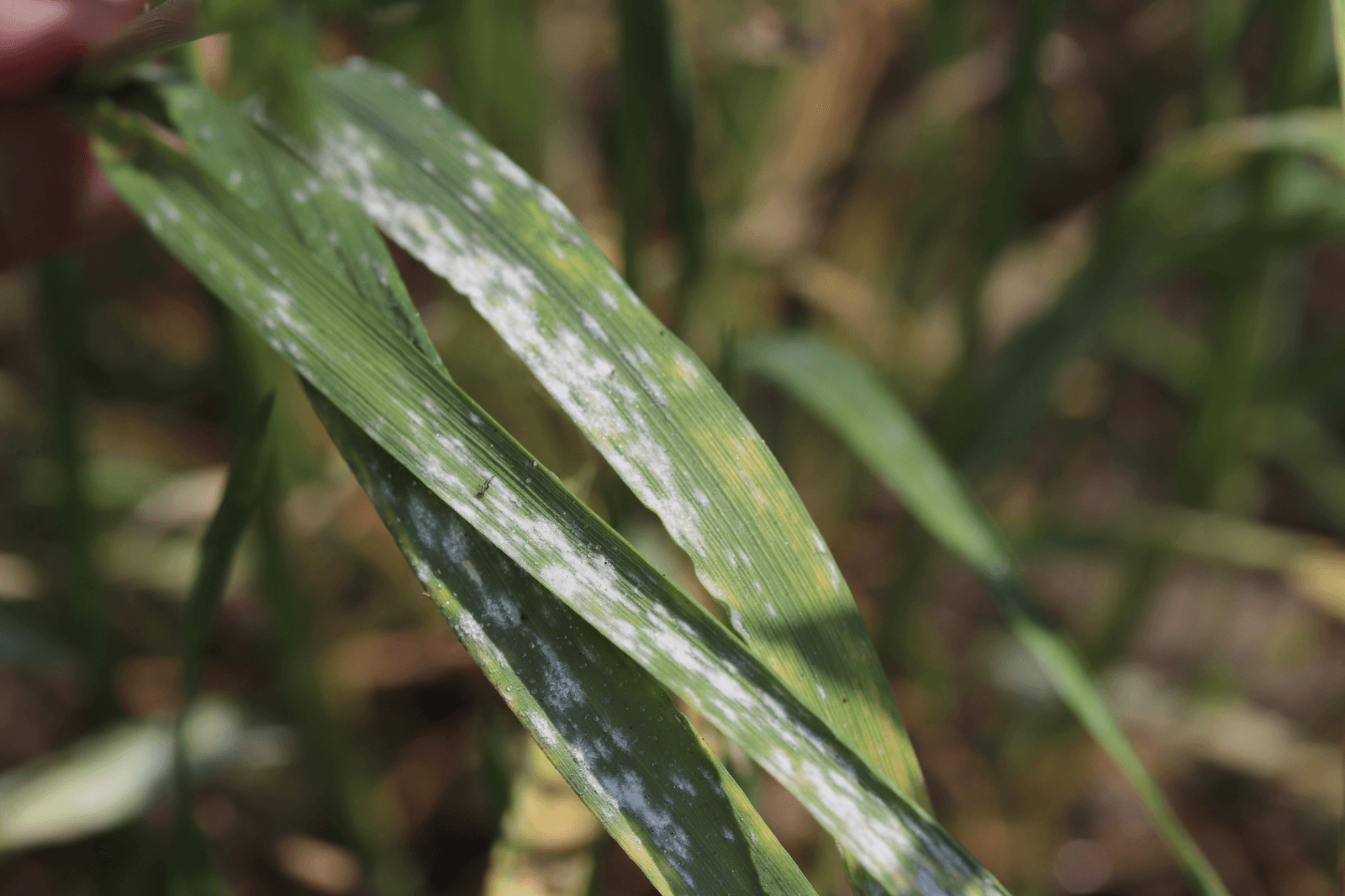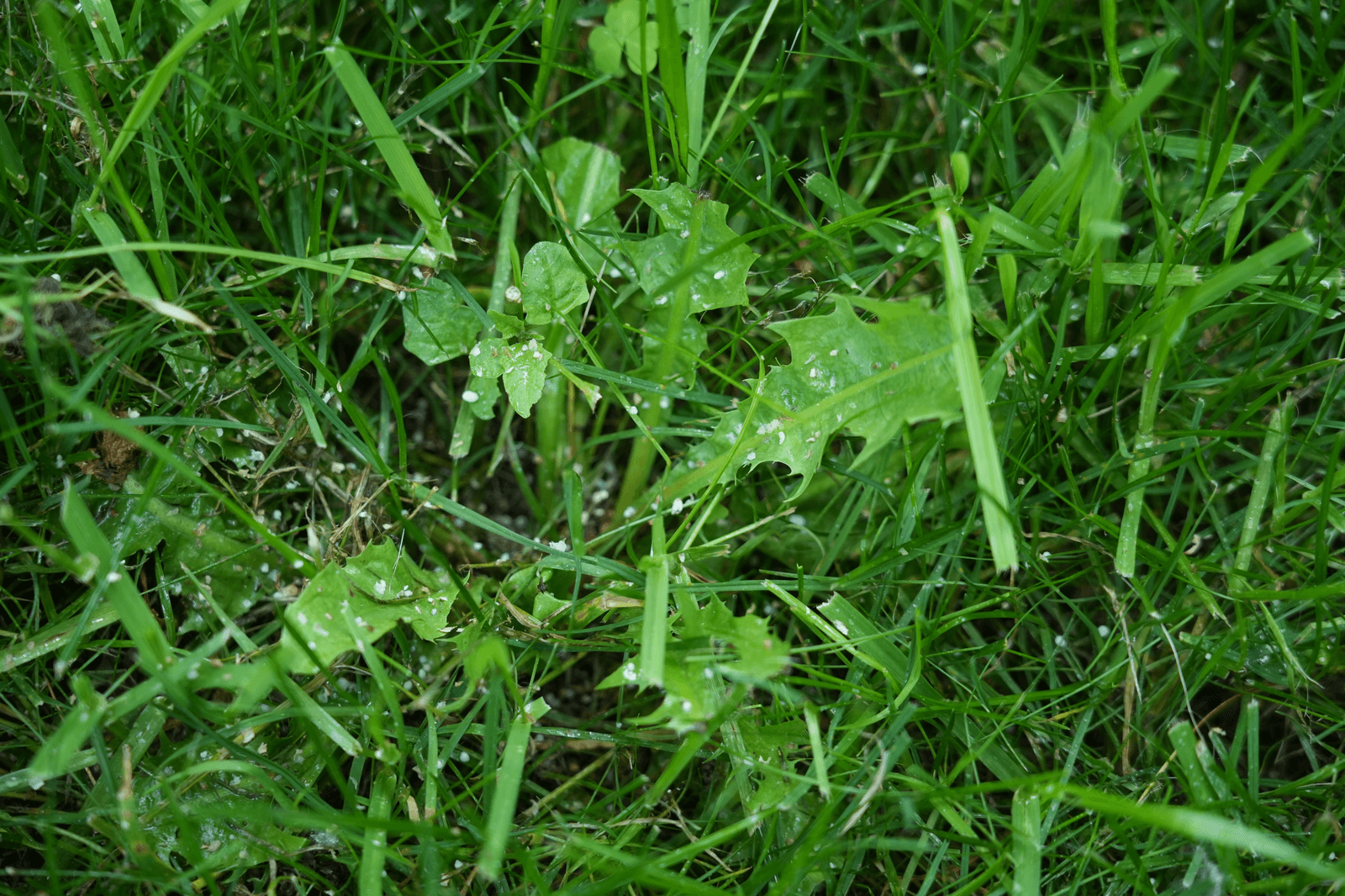A beautifully manicured lawn is often the envy of the neighborhood, and fescue grass is a popular choice for northern homeowners looking to achieve that lush, verdant look. Known for its resilience and drought and shade tolerance, fescue is a top choice for many lawn enthusiasts. In this blog, we'll cover fescue care and tips for maintaining a stunning fescue lawn.
UNDERSTANDING FESCUE
Fescue is a cool-season grass that has become a popular choice for:
Residential Lawns: Fescue grass is a popular choice for residential lawns due to its adaptability to different soil types and climates. It's often used in both cool-season and transition zone regions where other grass types may struggle.
Parks and Recreational Areas: Many parks, playgrounds, and recreational areas feature fescue grass due to its ability to withstand foot traffic and recover from wear and tear.
Golf Courses: Fescue grass is commonly used on golf courses, particularly in rough areas, where its tolerance for drought and low maintenance requirements make it an ideal choice.
Athletic Fields: Fescue grass is sometimes used on athletic fields, particularly in regions with cooler climates, where its durability and ability to recover quickly from heavy use make it a preferred option for sports such as soccer and football.
Roadside Landscaping: Fescue grass is often planted along roadsides and highways for erosion control and aesthetic purposes. Its deep root system helps stabilize soil and prevent erosion, while its tolerance for drought makes it well-suited to these challenging environments.
Pastures and Grazing Lands: Some varieties of fescue grass, such as tall fescue, are well-suited for grazing by livestock. These grasses provide nutritious forage for cattle, sheep, and other grazing animals in both pasture and hay production systems.
Landscaping in Commercial and Industrial Areas: Fescue grass is also commonly used in landscaping for commercial and industrial properties, where its low maintenance requirements and ability to tolerate a range of soil conditions make it a practical choice for large-scale planting projects.
Overall, fescue grass is a versatile and widely adaptable species that can be found in a diverse array of landscapes, from suburban lawns to rugged mountainsides, providing both aesthetic and practical benefits in various environments.
FESCUE BENEFITS
There are some key benefits to growing a fescue lawn, especially if you're located in the north.
Versatility: Fescue grass is adaptable to a wide range of soil types and climates, making it suitable for various regions across the United States and beyond. Whether you live in a cool, temperate, or transition zone climate, there's likely a variety of fescue that will thrive in your area.
Drought Tolerance: Many varieties of fescue grass, such as tall fescue, exhibit excellent drought tolerance once established. Their deep root systems enable them to access moisture stored deeper in the soil, reducing the need for frequent watering during dry periods.
Shade Tolerance: Fescue grass performs well in partially shaded areas, making it an excellent choice for lawns with trees or structures that cast shadows. Unlike some other grass species, fescue can maintain its vigor and green color even with limited sunlight.
Resilience to Foot Traffic: Fescue grass is known for its resilience to foot traffic, making it suitable for lawns that receive frequent use, such as those with children or pets. It can withstand moderate wear and tear without becoming thin or sparse.
Low Maintenance: Compared to warm-season grasses like Bermuda grass or zoysia grass, fescue requires less maintenance, particularly in cooler climates. It typically has slower growth rates, reducing the frequency of mowing and fertilization.
Erosion Control: Fescue grasses, especially tall fescue, have deep root systems that help stabilize soil and prevent erosion. This makes them an excellent choice for sloped landscapes or areas prone to runoff.
Year-Round Greenery: In regions with mild winters, fescue grass can provide year-round greenery, maintaining its color and vibrancy even during the cooler months. This ensures a visually appealing lawn throughout the year.
Environmental Benefits: Fescue grasses contribute to environmental sustainability by reducing soil erosion, capturing carbon dioxide from the atmosphere, and providing habitat for wildlife. Additionally, their deep roots help improve soil structure and promote water infiltration.
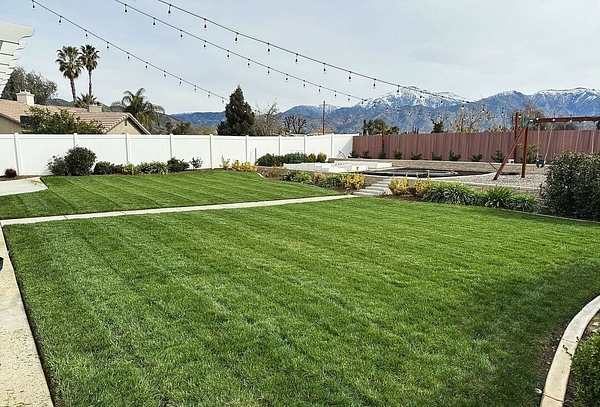
ESTABLISHING A FESCUE LAWN
You've decided fescue is the turf species for you. Now what? Here are some tips for how to get started with your fescue lawn.
1. Choose the Right Seed: Select high-quality fescue grass seed that is well-suited to your climate and soil conditions. Consider factors such as shade tolerance, drought resistance, and traffic tolerance when choosing the appropriate fescue variety for your lawn.
2. Prepare the Soil: Prepare the soil by removing debris, weeds, and rocks from the area where you plan to seed. Loosen compacted soil using a rototiller or garden fork to improve drainage and promote root growth. Incorporate organic matter, such as compost, into the soil to enhance its fertility and structure.
3. Perform a Soil Test: Conduct a soil test to assess nutrient levels and pH before seeding. Adjust the soil pH as needed using lime or sulfur to ensure optimal conditions for fescue grass growth. Follow the recommendations provided in the soil test report for proper fertilization and soil amendment.
4. Seed at the Right Time: Timing is crucial when seeding a fescue lawn. In most regions, the best time to seed fescue grass is in the early fall, when soil temperatures are warm, and there is typically more rainfall. Spring can also be a suitable time for seeding, but it may require more frequent irrigation to establish the grass.
5. Seed Preparation: Before seeding, evenly distribute the fescue grass seed using a broadcast spreader or by hand. Ensure thorough coverage of the soil surface, but avoid overseeding, as this can lead to competition and poor germination. Lightly rake the seed into the soil to ensure good seed-to-soil contact.
6. Watering: Keep the seeded area consistently moist during the germination period, which typically lasts two to three weeks. Water lightly and frequently to prevent the soil from drying out, but avoid overwatering, as this can cause seed washout or fungal issues. Use a gentle spray or misting nozzle to avoid disturbing the seeds. Gradually reduce watering frequency as the grass matures, allowing it to develop deeper roots.
7. Mowing and Maintenance: Once the fescue grass has established and reached a height of 3 to 4 inches, mow it for the first time.
FESCUE CARE TIPS:
Mowing: Proper mowing is essential for maintaining a healthy fescue lawn. Keep the grass at a height of 2.5 to 3.5 inches, adjusting the mower blade as needed to achieve this height. Avoid cutting more than one-third of the grass blade at a time, as this can stress the grass and make it more susceptible to disease. A high cut can also encourage healthy root growth and discourage weed competition.
Watering: Fescue grass has moderate water needs and requires approximately 1 to 1.5 inches of water per week, either from rainfall or irrigation. Water deeply and infrequently to encourage deep root growth and drought tolerance. Water in the early morning to minimize evaporation and reduce the risk of fungal diseases.
Fertilization: Regular fertilization is crucial for providing the nutrients fescue grass needs to thrive. Apply a balanced fertilizer with a 3:1:2 or 4:1:2 ratio of nitrogen, phosphorus, and potassium, such as PGF Complete™ 16-4-8, during the growing season following the recommendations on the product label. Avoid over-fertilizing, as this can lead to excessive growth and susceptibility to pests and diseases, and avoid fertilizing in the hot summer months, as this can stress the grass.
Aeration: Aerating your lawn once or twice a year helps alleviate soil compaction and improve air and water penetration. Use a core aerator to remove plugs of soil, allowing nutrients to reach the grassroots more effectively. Aerating also encourages deep root growth and enhances the overall health of the fescue lawn.
Weed Control: Weeds can compete with fescue grass for nutrients, water, and sunlight, so it's essential to implement a weed control program. Use both pre-emergent and post-emergent herbicides as needed to prevent and eliminate weeds. Regularly hand-pull weeds before they have a chance to spread.
Disease and Pest Management: Keep an eye out for signs of disease or pest infestation, such as discolored patches of grass or unusual insect activity. Practice good lawn hygiene by removing thatch buildup and debris, which can harbor pests and disease pathogens. Treat any issues promptly with the appropriate fungicides or insecticides.
Overseeding: Overseeding your fescue lawn in the fall helps promote thick, lush turf and fills in any bare or thin areas. Choose high-quality fescue grass seed and overseed at a rate of 4 to 6 pounds per 1,000 square feet. Keep the seeded area moist until the new grass establishes.
Seasonal Maintenance: Adjust your care routine throughout the year to accommodate seasonal changes in weather and growth patterns. In colder climates, overseed fescue grass in the fall to promote thick, healthy turf. In warmer regions, provide adequate irrigation and monitor for signs of heat stress during the summer months.
Follow the cool season lawn care calendar for recommended timing of product applications.
A fescue lawn can offer a stunning, resilient, and low-maintenance green space. With proper care, it will thrive in hot, sunny conditions, providing you with a beautiful outdoor oasis for years to come. Remember to tailor your lawn care routine to your specific region and climate, and enjoy the lush and vibrant beauty of fescue.
Click below to learn more about other grass types:







